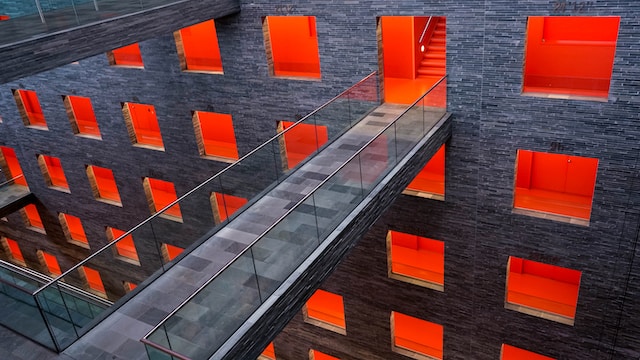In our fast-paced and bustling world, finding moments of tranquillity can be a precious commodity. Amidst the constant hum of traffic and urban commotion, sound walls have emerged as a vital solution to mitigate the impact of noise pollution. These barriers not only provide a physical shield but also offer numerous benefits to our well-being and quality of life.
Understanding the Purpose of Sound walls
Sound walls, commonly referred to as sound barriers or noise walls, are barriers whose main purpose is to lower noise levels because of transportation infrastructure including roads, trains, and airports. These barriers, which are frequently comprised of materials with sound-absorbing qualities, are placed in such a way as to prevent sound waves from traveling directly from the source to nearby areas, especially residents.
Design Considerations
Soundwalls are meticulously designed to effectively combat noise pollution while harmonizing with their surroundings. Here are a few design factors to take into account when building effective and beautiful sound walls:
- Height and Length: The height and length of the sound wall should be determined based on the closeness of the noise source and the affected areas. The barriers need to be high enough to deflect sound waves away from populated or delicate locations.
- Material Selection: Soundwalls can be constructed using a variety of materials, including concrete, wood, metal, and composite materials. The choice of material depends on factors such as cost, durability, acoustic performance, and aesthetic appeal.
- Surface Treatments: The surface of sound walls can be treated with special coatings or textures to enhance their sound-absorbing properties. These treatments help dissipate sound energy and minimize sound reflections.
Benefits of Sound walls
Noise Reduction: The primary purpose of sound walls is to significantly minimize noise levels. By obstructing the direct path of sound waves, these barriers act as shields, creating quieter spaces and minimizing the adverse effects of noise pollution on nearby communities. Reduced noise levels promote better sleep, improved concentration, and enhanced overall well-being.
Improved Quality of Life: Soundwalls contribute to a better quality of life by providing a sense of tranquillity and privacy. They create a barrier between noise-emitting infrastructure and residential or recreational areas, allowing individuals to enjoy their surroundings without constant exposure to excessive noise.
Enhanced Safety: Soundwalls not only mitigate noise pollution but also serve as safety features. By acting as visual screens, they minimize driver distractions caused by surrounding activities, improving road safety for motorists. Additionally, they may double as windbreaks, shielding against strong winds and lowering the possibility of disasters or damage.
Aesthetically Pleasing Landscapes: With advancements in design and technology, sound walls have evolved from mere functional structures to visually appealing elements of urban landscapes. They can incorporate artistic designs, and landscaping, or integrate greenery, enhancing the overall aesthetics of highways, railways, and other noisy environments.
In our quest for peaceful and harmonious living spaces, sound walls emerge as essential elements that effectively combat noise pollution. They not only significantly reduce noise but also provide a host of other positive effects, such as better quality of life, increased safety, and aesthetically pleasing surroundings. Integrating sound walls is essential to ensuring the well-being and tranquillity of neighborhoods.





